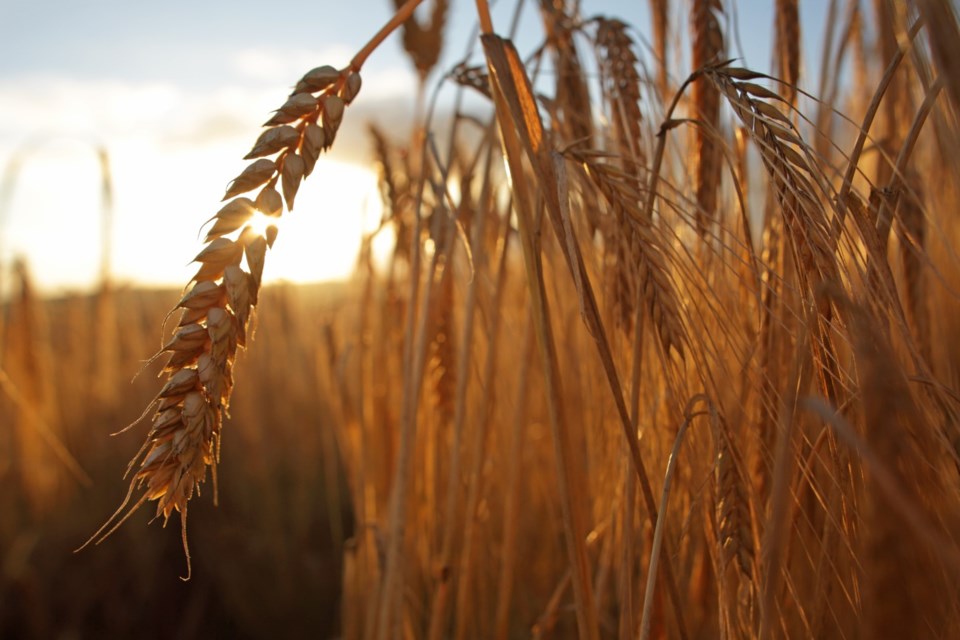WESTERN PRODUCER — An agreement between China and Australia to resolve a three-year-old barley dispute has serious ramifications for Canadian growers, says an industry executive.
“It is definitely going to have an impact on demand from China for Canadian malting barley and feed barley going forward, there’s no question,” said Peter Watts, managing director of the Canadian Malting Barley Technical Centre.
China is Canada’s top barley export market by a landslide, accounting for about 85 percent of sales the last couple of years.
Canada has dominated the market since China slapped duties on Australian barley amounting to 80.5 percent starting in May 2020.
Australia took the dispute to the World Trade Organization, which was set to hand down its ruling any day.
However, the two countries have come to an agreement on their own after a thawing of political tensions.
The agreement stipulates that China will undertake an “expedited review” of the duties over the next three to four months, according to Reuters.
Watts believes that process will result in the elimination of the 80.5 percent tariff, although he thinks Australia will still have to pay the three percent value added tax that all other barley exporters face shipping product to that market.
He anticipates Australia will quickly regain the market share it once had in China.
The Asian giant consumed two-thirds of Australia’s barley exports four years ago, before the tariffs were imposed. About one-third of that volume was malting barley and the remainder feed barley.
Australia was forced to find new homes for its barley in markets such as Japan and the Middle East.
Most of those sales were feed barley. Australia struggled to find markets for its malting barley until last year when it made some inroads in Mexico and other markets.
Canadian barley exporters made out well in China because of favourable freight rates to that country.
“We’re going to have to sharpen our pencil looking forward now under the current circumstances,” said Watts.
He anticipates Canadian barley will regain some of the feed markets it lost to competitors in places such as Japan and the Middle East.
“Our exports of feed barley to Japan dropped off significantly over the past couple of years with Australia really dominant in that market,” said Watts.
China will still be a buyer of Canadian feed barley, although corn has become a much more price-competitive feed ingredient in that market of late, which is a concern.
Canada will need to make inroads in Latin American countries such as Mexico, Colombia, Ecuador, Peru and Brazil on the malting barley front.
The loss of Chinese demand will factor into prices, but Watts is excited about the opportunity of re-establishing trade flows with markets such as Colombia, which may not be familiar with Canada’s new malting barley varieties.
Australian farmers planted 10.13 million acres of barley last year, which was 15 percent below the previous five-year average.
Watts expects growers will increase acres, given the potential resumption of trade with China.
However, Australia’s stocks are high after three straight years of harvesting crops of more than 14 million tonnes, up from a more typical volume of 10 million tonnes.
The country exported 6.79 million tonnes in 2020-21 and 7.95 million tonnes the following year, which is impressive given the loss of the Chinese market.
Australia’s crop is planted in the April through June time frame and harvested in November-December.
Watts thinks most Canadian farmers had already made their seeding plans when news of the China-Australia deal broke, although it may influence some growers who were still on the fence about what to plant.
“At the end of the day, we’ll probably see a little bit of a drop in barley area overall this year,” he said.

